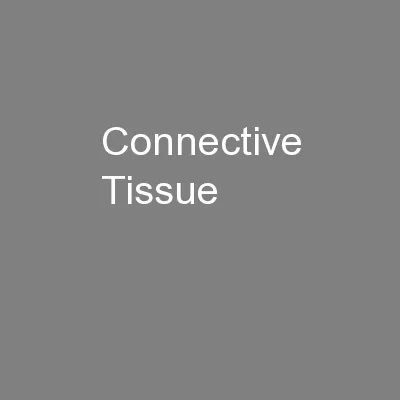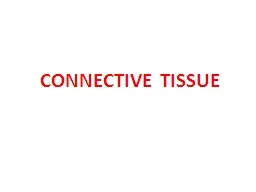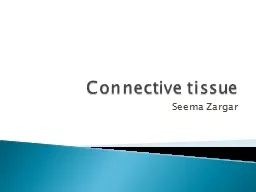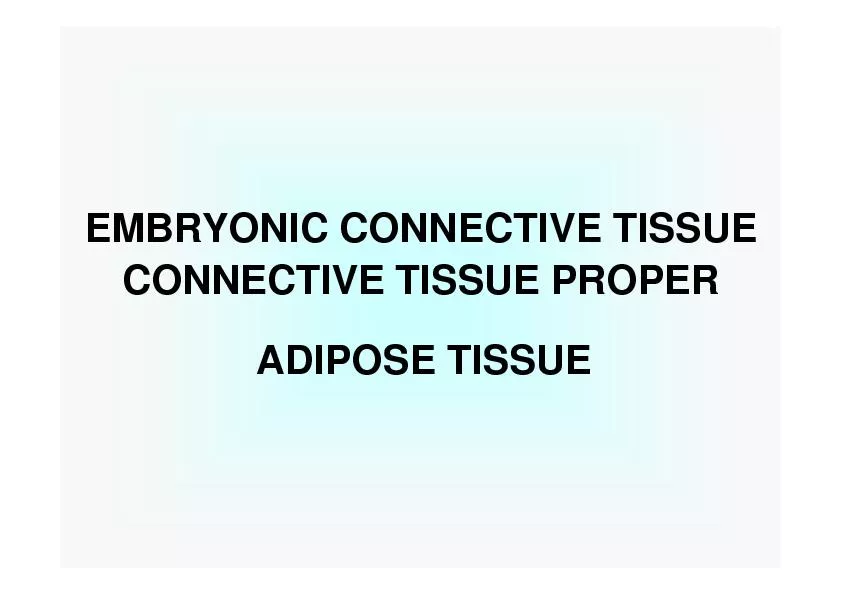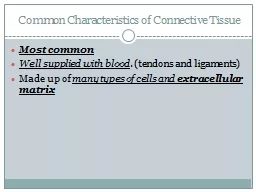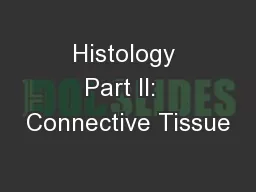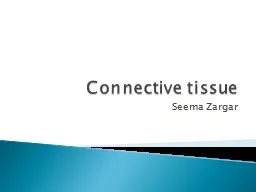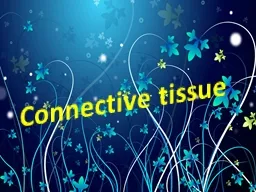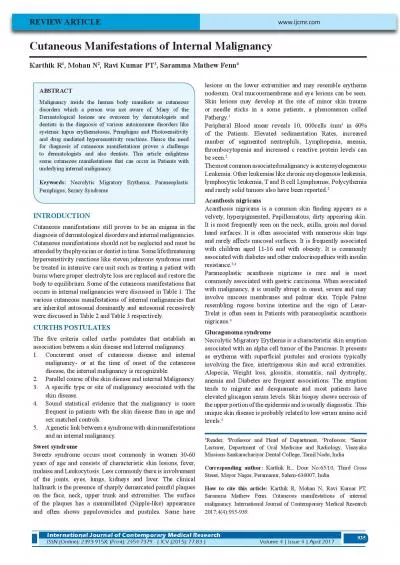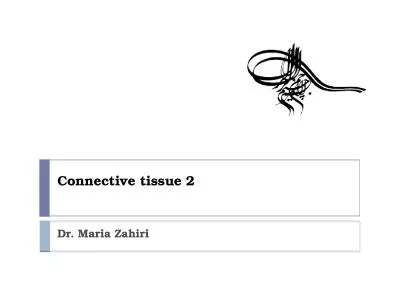PPT-Cutaneous Manifestations of Connective Tissue Disease - II
Author : sadie | Published Date : 2022-05-17
Dr N K KANSAL Associate Professor Connective tissue diseases SLE Dermatomyositis Systemic sclerosis scleroderma Rheumatoid arthritis Mixed CT disease others Spectrum
Presentation Embed Code
Download Presentation
Download Presentation The PPT/PDF document "Cutaneous Manifestations of Connective T..." is the property of its rightful owner. Permission is granted to download and print the materials on this website for personal, non-commercial use only, and to display it on your personal computer provided you do not modify the materials and that you retain all copyright notices contained in the materials. By downloading content from our website, you accept the terms of this agreement.
Cutaneous Manifestations of Connective Tissue Disease - II: Transcript
Download Rules Of Document
"Cutaneous Manifestations of Connective Tissue Disease - II"The content belongs to its owner. You may download and print it for personal use, without modification, and keep all copyright notices. By downloading, you agree to these terms.
Related Documents


